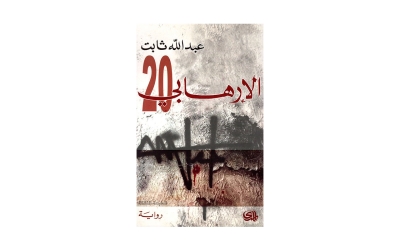Darah Journal is a peer-reviewed scientific journal published quarterly by the King Abdulaziz Foundation for Research and Archives (Darah) in the Kingdom of Saudi Arabia. It specializes in publishing scientific research and studies related to the Kingdom's heritage, ideologies, history, geography, culture, and literature, as well as the Arab and Islamic world in general. The magazine is published every three months, with its first edition published on March 1, 1975.
Sections of Darah Journal
Darah Journal relies on several sections to classify content: scientific research, which is the fundamental pillar of the journal, crafted mindfully to ensure meeting the highest criteria of scientific accuracy, originality, and objective novelty; translated research, which is foreign research focusing on the history of the Arabian Peninsula or the Kingdom; additionally, it includes documents which are published by the journal with the aim introduce a number of the archived documents at the King Abdulaziz Foundation for Research and Archives (Darah) or other centers for the benefit of researchers and readers.
The journal is also attentive to publishing abstracts of scientific theses to highlight the latest scientific studies regarding the history of the Kingdom and the Arabian Peninsula. This includes ongoing research that has not yet been published or defended at the time of journal issuance. It also features book reviews that focus on critical research about books related to the various fields of the King Abdulaziz Foundation for Research and Archives (Darah). Additionally, there is a section that provides book summaries, including summaries for newly written books, the purpose behind them, and their primary themes, as well as a section for feedback and comments by readers regarding its content to increase engagement.
Publishing methodology in Darah Journal
Darah Journal is committed to a special methodology in publishing, where incoming research is subject to a peer review, obligating researchers to make the amendments stipulated in the referees’ reports. If the researcher chooses not to make the suggested changes, he must provide an explanation. Based on the approved rules, the journal grants a financial reward to the researcher, and the research is retained, whether it is published or not.
The journal reserves the right to omit, abbreviate, and make simple amendments in compliance with the purposes of drafting and the scientific method. The opinions expressed in the research do not reflect those of the journal. Additionally, the order of the articles in the journal is not necessarily correlated with the scientific value of the research or the researcher. Instead, it is based on an objective and artistic approach, as well as in accordance with the journal's sections. All research and studies are submitted to the editor-in-chief for review.
Related quizzes
Related articles


